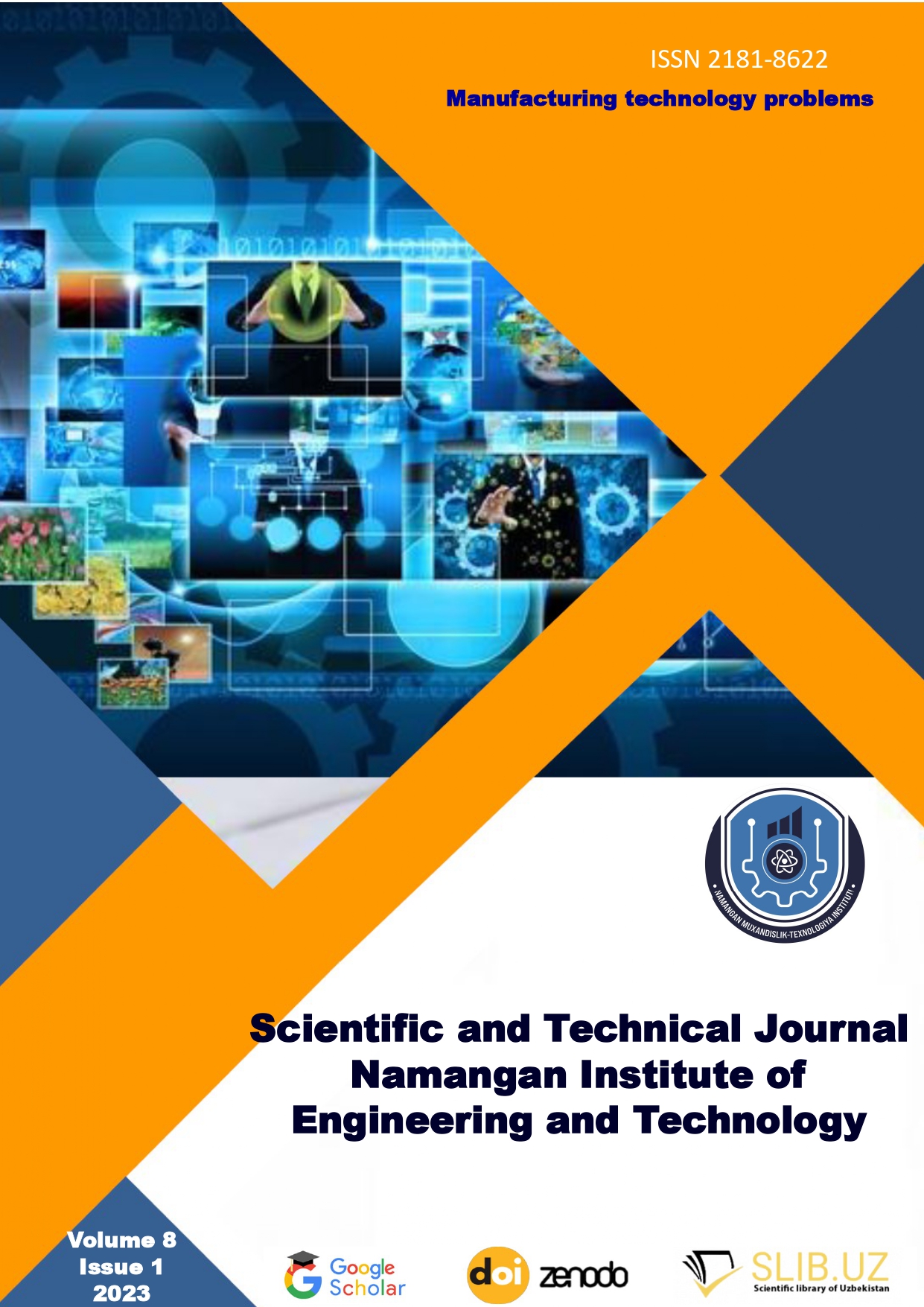DATA PROCESSING ALGORITHM IN REMOTE MONITORING SYSTEM FOR RAW COTTON BUNTS STORED IN WAREHOUSES
Keywords:
cotton barn, raw cotton bunts, temperature, humidity, Wireless sensor networks, GSM, Wi-Fi, ZigBee, Bluetooth, monitoring system, database, SMS, mobile application, web applicationAbstract
Objective. In order to properly organize good and high-quality storage of raw cotton bunt a long time, it is necessary to divide the cotton into groups, taking into account its moisture content. This article analyzes the remote monitoring of fire hazard indicators (temperature, humidity) for high-quality and safe storage of raw cotton bunts. Algorithm and descriptions of remote monitoring system operation are presented.
Methods. Due to the increase in temperature and humidity of the raw cotton bunt, it has been observed that its quality deteriorates, and it even causes a fire by itself due to heating. As a result, the cotton becomes unusable, which causes great economic damage. In order to prevent these situations, a remote monitoring system was developed.
Results. The structure of the remote monitoring system consists of a device capable of transmitting the results obtained from humidity and temperature sensors in real time from two separate wireless transmission modules. This device transmits data to the Wi-Fi, GSM monitoring center.
Conclusion. The remote monitoring system provides an opportunity to obtain information about the humidity, temperature, and battery power level of the cotton stored in warehouses. It can be widely used to reduce the negative effects on the quality of cotton raw materials stored in warehouses and to prevent the risk of fire.




